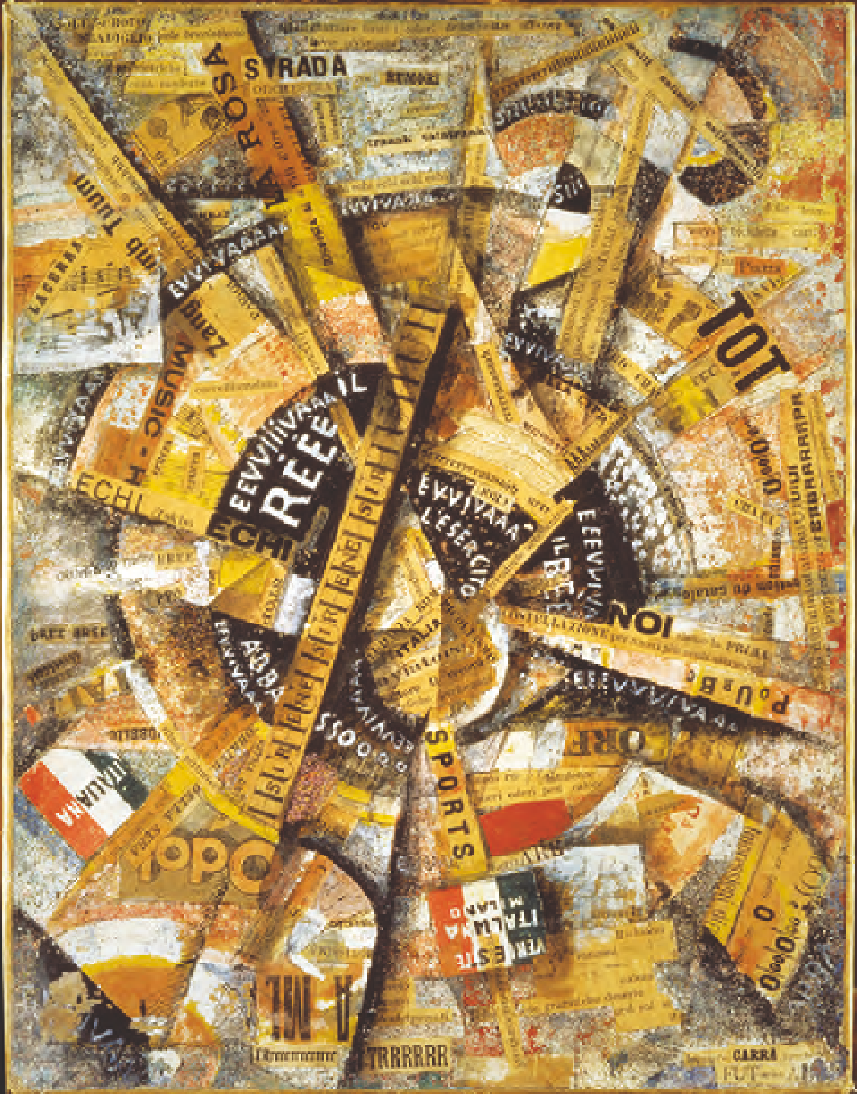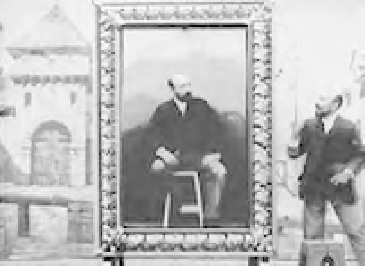Graphics Reference
In-Depth Information
BACKGROUND
9-1
Film still from
Le portrait mysterieux
,
1899, by Georges Méliès.
Designers have always been interested in
dynamic typography. Examples of animated
letterforms appeared as early as 1899 in
advertisements created by Georges Méliès,
a French illusionist and filmmaker, who
used multiple exposures and time-lapse
photography in his work (Fig.
9-1
). Around
1929, the Italian Futurists began challenging
assumptions about how language could
be expressed and interpreted by liberating
words from traditional compositions and
arranging them in dynamic ways. Filippo
Marinetti explored the concept of speed and
motion in topics with type set on diagonal
and vertical baselines (Fig
.
1-125 and Fig.
6-2). Carlo Carrà made collages with layers
of color and typography to communicate the
changing nature of media and the fast-paced
distribution of information (Fig.
9-2
). And
French poet Guillaume Apollinaire worked
with “calligrams,” poems with words that
move through the page to express a concept
(Fig.
9-3
). These revolutionary typographic
forms continue to be influential to artists and
designers wishing to express ideas with type
in time and motion.
9-2
Interventionist Demonstration,
by Carlo Carrà,
1914, puts type into circular motion with overlapping
layers, shadows, and dynamic juxtapositions to give a
sense of time and space.


